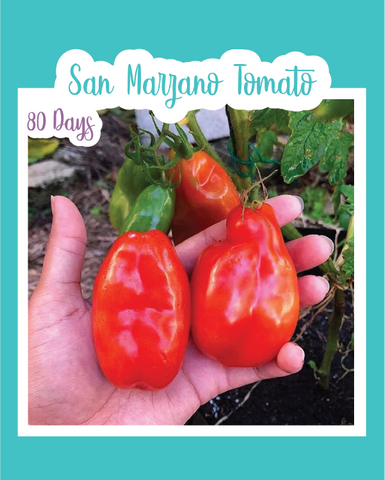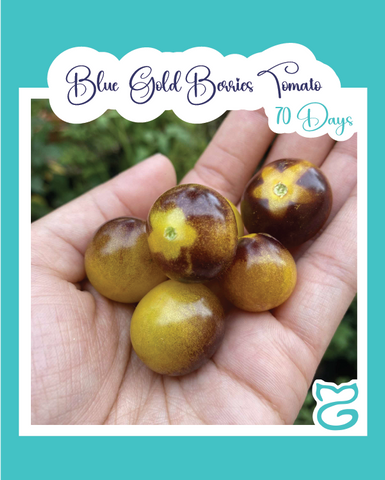



Anne's Pigeon Pea Mix
Seed Count: Approx. 15 Seeds
Days to Maturity: 6-8 months
Pigeon Peas, Perennial in zones 9-11
Grows 8-10 ft. tall and 3-4 ft. wide
Description: Anne's Pigeon Pea mix, is a fun variety of pigeon peas handed down to me by my grandmother, who originally received them from her father. I have no clue what varieties they originally came from, but they have been grown and kept by my grandmother in St. Croix, USVI, for longer than I have been alive. Pigeon peas, aka grandules, is an easy, hardy growing plant, that will provide you with lots of yummy protein rich peas to eat. I like making pigeon pea curry, or Caribbean styled peas and rice with these, but you make lots of dishes with them, and use them dried or fresh. The flowers and pods for each color are slightly different as well. The flowers range from yellow to a mixture of yellow/orange and red, while the pods are green, and depending on the variety, they can be striped with burgundy. In the mix you may get some cream, speckled cream, orange (very rare), black, and burgundy. It is randomly assorted, with no fixed amount of each seed type per packet. Plants take approximately 6-8 months before they start producing, but once they do you'll get steady harvests from your plants for 3-5 years if growing in zones 9-11. They flourish the best in hot, humid climates, and the bees really love their flowers. I grew these bad boys for two seasons to get them acclimated to my SoFlo weather, and I named these after my grandmother, who I share a name with as well.
Mint2Grow Tip: Hold the dried black seeds up in the sun to see the color difference between the black and burgundy seeds. I didn't even realize I was growing two different types originally, until she pointed them out to me, while we were shelling them outside 😅, But even the plant and it's flower is slightly different from the black one. My grandmother can tell the difference by just looking at the plant, I however still can not lol. Also make sure to plant pigeon peas where they have room to grow, as these plants can get quite tall, and wide. Dead head the plants as they grow, so they'll be bushier over tall. I forgot to do this last year, and Jackie with all his height had to use a ladder to harvest the branches for me even though, I grow these in 15-20 gallon fabric pots to reduce their size lol.
How To Grow
Sowing: You can sow pigeon peas in average soil that drains well. They even do well in Florida's sandy soil. However, soil high in nutrients will vastly increase its productivity. You can soak seeds for 12-24 hours to promote germination. Sow seeds outside in a sunny location, during the months of February-May in zones 9-11 (my grandmother and I always plant them during February and March). You can also start indoors, in very deep pots, to get a head start in colder zones, however, do not start them too early as they grow relatively quickly, and can be transplant sensitive. Sow seeds 18-24 inches apart, if direct sowing, and cover with 1-2 inches of soil. Seedlings emerge in about 3 weeks depending on soil and weather conditions.
Growing: Pigeon peas do well with drought, once they get about 2 ft. tall, and don't have to be watered excessively. Keep in mind that pigeon peas do not like to be flooded or water logged. Make sure foliage has time to dry in order to reduce disease, and make sure to pull weeds, since they compete for nutrients and water. Pigeon peas make small tress, and shouldn't need support, but I have had to support them when we get high winds during hurricane season. Pigeon peas can be bothered by aphids, mealy bugs, and scale. I regularly spray mine with horticultural oil to solve this problem. They do not require fertilizer, but adding some compost will significantly increase your harvests. Pigeon peas are day light sensitive and will start to flower, as the days grow shorter. Once they flower, you'll be able to harvest your fresh peas in a few weeks. They can also be used to help nitrogen fix your soil, or as animal fodder. I use the branches of these plants when I set up my raised beds to give the soil a good boost, while Jackie likes using the branches in his fire pit. Pigeon peas also make great companion plants for anything that requires a little shade from the harsh summer sun. Personally, I like to plant some bok choys at their base for this purpose, but they even make a great living trellis too.
Harvesting: To harvest fresh peas, wait until the pod is fully filled out and becomes a slightly duller green color. This will be 2-3 weeks after it has flowered. Carefully remove the pods, without breaking the branches and shell them. You can store your fresh peas for a week in an air tight container in the fridge, or you can blanch them for a few minutes and freeze for longer storage. You can also wait until the pods are fully dry on the vine. Check vines often since this is a very productive plant. By picking your peas often, you are encouraging more production. Afterwards, you can shell your peas, and put them to use, or store them for a few years in your pantry in an air tight container. To save seeds, allow the pods to mature fully and dry on the bush. If frost or rainy weather threatens before your beans are dry, cut the branches, and allow them to dry indoors. They should be completely dry 10-15 days later. Remove the seeds from the pods by hand, and store the seeds in a cool, dry place for up to 3 years.




